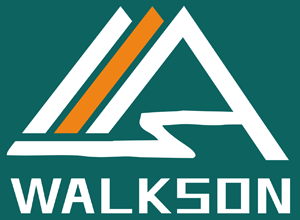When it comes to the construction industry, ensuring the longevity and durability of structures is paramount. One vital component that plays a crucial role in achieving this goal is wear liners. These liners are designed to protect various construction materials and equipment, preventing premature wear and tear and extending their lifespan. In this article, we will explore the importance of wear liners and how they contribute to the overall strength and resilience of construction projects.
Wear liners are protective shields or coatings that are applied to surfaces prone to abrasion, impact, or corrosion. They act as a barrier against external elements, such as harsh weather conditions, chemicals, and heavy loads. In the construction industry, wear liners are commonly used in applications such as chutes, hoppers, crushers, and conveyors, where materials are transported or processed. Their primary purpose is to minimize friction and ensure smooth material flow, ultimately preventing damage to equipment and structures.
Enhancing Structural Integrity
One of the main advantages of wear liners is the significant improvement they bring to the overall structural integrity of construction projects. By protecting vulnerable areas from excessive wear and tear, wear liners help prevent the deterioration of key components. For example, in the case of crushers, wear liners shield the inner surfaces from the continuous impact of rocks and minerals, preventing premature breakdown and extending the equipment's lifespan. Similarly, in material handling systems, wear liners reduce material buildup and ensure seamless flow, avoiding blockages that can lead to costly downtime and repairs.
Promoting Workplace Safety
The presence of wear liners in construction projects not only enhances the durability of structures but also promotes safety in the workplace. When abrasive materials move through processing equipment, the potential for accidents and injuries increases. Wear liners act as a protective barrier, reducing the likelihood of accidents caused by material jamming or equipment failure. By minimizing risks associated with wear and tear, construction sites become safer environments for workers, ultimately reducing incidents and improving productivity.
Cost Savings and Maintenance
In addition to their protective role, wear liners offer substantial cost savings and simplify maintenance efforts in construction projects. By preventing premature wear, liners reduce the frequency of equipment replacement, which can be a significant expense. Furthermore, the maintenance required for machinery and structures is streamlined when wear liners are present, as they minimize the need for frequent repairs and downtime. This results in substantial cost savings over the long term and ensures construction projects can operate efficiently without interruptions.
In the world of construction, wear liners have emerged as essential components for enhancing structural integrity, promoting workplace safety, and realizing cost savings. Their ability to protect vulnerable areas from wear and tear, extend the lifespan of equipment, and reduce maintenance efforts makes them indispensable in various applications. As technology and material advancements continue to evolve, wear liners will undoubtedly play an even more crucial role in ensuring the longevity and durability of construction projects for years to come. Therefore, prioritizing wear liners during construction planning and implementation is a wise decision that will pay off in the long run.
 English
English  Deutsch
Deutsch  français
français  русский
русский  فارسی
فارسی  العربية
العربية  Español
Español  日本語
日本語  한국어
한국어  italiano
italiano  português
português  dansk
dansk  Suomi
Suomi 




